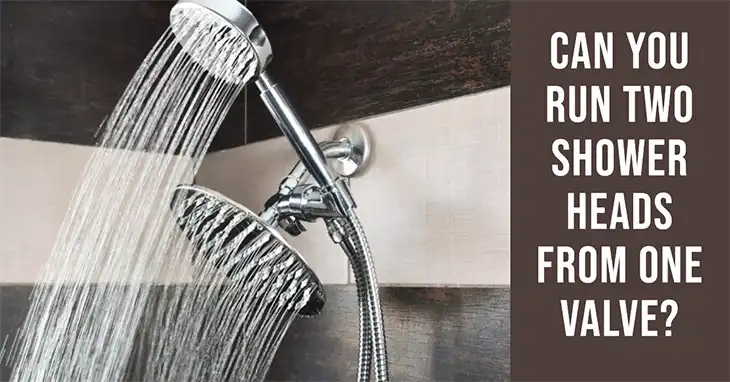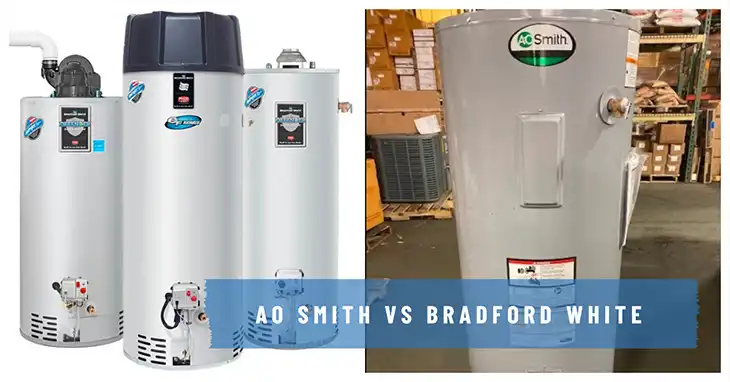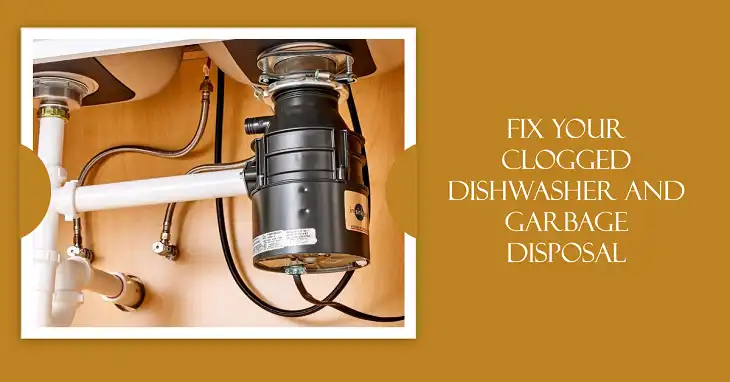Low Water Pressure After Plumbing Repair
Low water pressure after plumbing repairs is a common but frustrating issue. It may occur for a variety of reasons, ranging from simple blockages to more complex system problems. Understanding the potential causes and solutions can help restore proper water flow and avoid future complications.
This article will walk you through the most effective ways to troubleshoot and resolve low water pressure after a plumbing repair, offering practical steps for homeowners to regain normal water pressure.
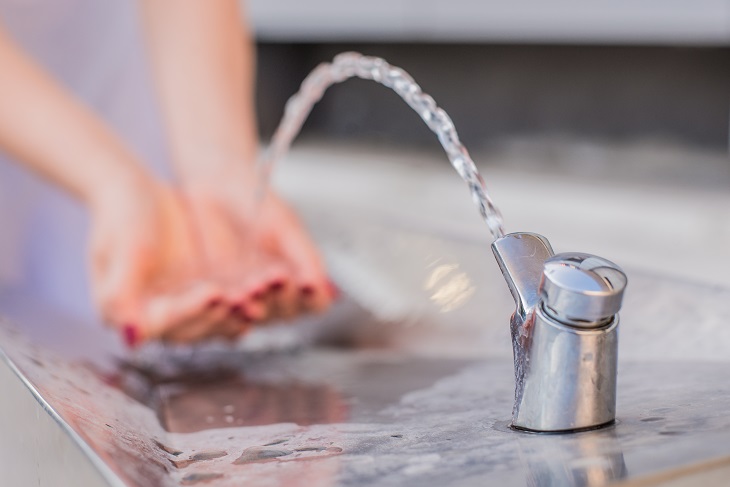
Does Plumbing Affect Water Pressure?
When plumbing repairs are made, it’s not uncommon for new issues to surface, including low water pressure. Several factors could be responsible for this, including debris in the pipes, improper valve positions, or airlocks in the system.
1. Sediment and Debris in the Pipes
After a repair, sediment, rust, or minerals that have built up in your pipes may become dislodged, causing a partial blockage. This debris can limit water flow, especially in older plumbing systems.
2. Improperly Adjusted or Closed Valves
During the repair, valves may have been closed and not fully reopened. Both the main shutoff valve and individual fixture isolation valves could be the source of the problem if they aren’t opened correctly, limiting the water flow.
3. Airlocks in the Plumbing System
Airlocks occur when air gets trapped in the pipes, obstructing water flow. This is a common issue after water has been turned off and the system is not properly bled afterward.
4. Pressure Regulator Malfunction
If your home uses a pressure regulator, it may have been knocked out of adjustment or damaged during the repair process. A faulty or improperly adjusted regulator can cause a significant drop in water pressure.
How to Fix Low Water Pressure After Plumbing Repair?
Now that you understand the possible causes, here’s how you can solve the issue of low water pressure after a plumbing repair.
1. Flushing the System to Remove Debris
To remove sediment or debris from your pipes:
- Run water through all affected faucets, starting with cold water and then moving to hot water. This helps flush out the system.
- Clean any faucet aerators. Unscrew them, clean them thoroughly under running water, and replace them.
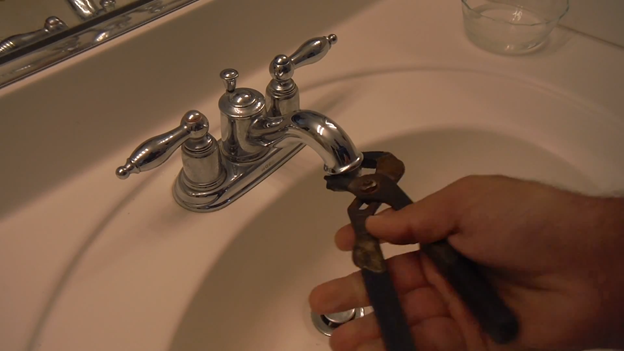
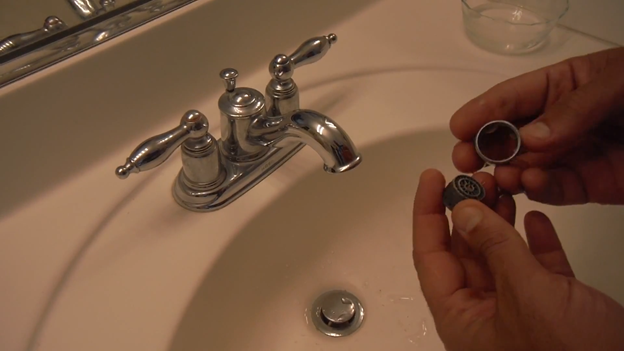
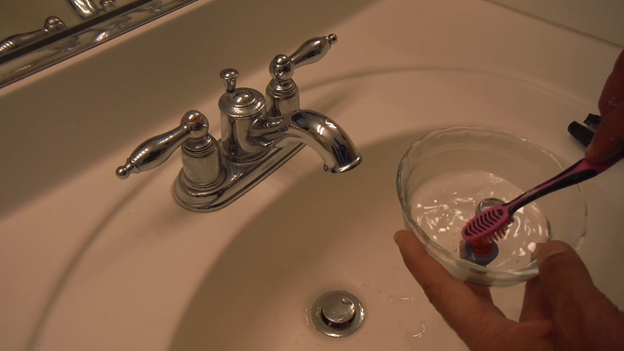
2. Check and Adjust Valves
Ensure both the main water shutoff valve and individual fixture valves are fully open:
- The main shutoff valve is typically located near where the water enters your home. Turn it counterclockwise to make sure it’s fully open.
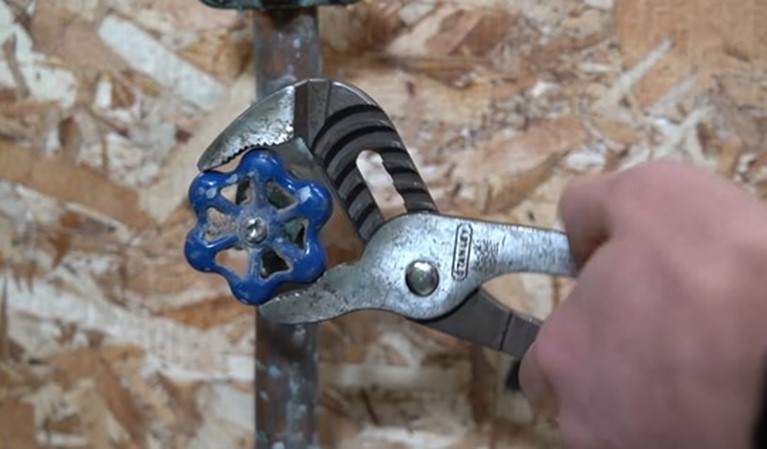
- Similarly, check the isolation valves near any fixture that is experiencing low pressure, such as under sinks or behind toilets.
3. Eliminating Airlocks
To clear an airlock:
- Turn off all the faucets in your home.
- Open the faucet at the highest point in your house (usually an upstairs bathroom), followed by the faucet at the lowest point (such as an outdoor hose spigot).
- Let the water run for several minutes until the air is pushed out of the system.
4. Adjust or Replace the Pressure Regulator
If you suspect your pressure regulator is causing the problem, try adjusting it:
- Locate the regulator near your main water supply. Turn the screw to increase the pressure, making small adjustments.
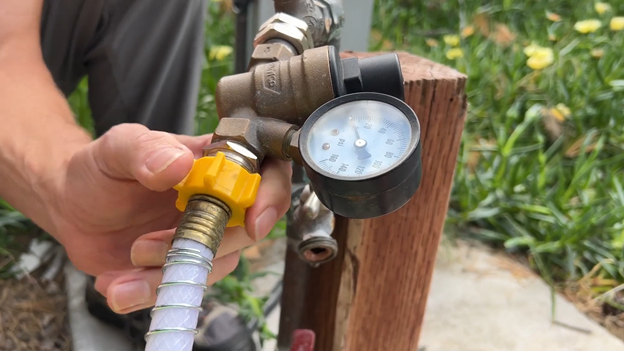
- If adjusting the regulator doesn’t help, it may need to be replaced. If you’re unsure, contact a plumber for professional help.
Frequently Asked Questions
Why is my water pressure low after installing a new tap?
When a traditional vented system is used with modern, small-diameter faucets, it can cause low water pressure. This is because the cold water tank needs to be at least one floor higher to provide enough pressure to overcome the restrictions of the faucet design.
Can I fix my own water pressure?
A simple way to increase water pressure is to adjust the pressure-reducing valve. This valve is usually located near your water meter. If your pressure gauge shows a low reading, make small adjustments to the regulator.
Conclusion
Low water pressure after plumbing repair can be frustrating, but it’s often a solvable issue. By carefully examining your plumbing system, checking for leaks, adjusting the pressure-reducing valve, or consulting a professional plumber, you can effectively address the problem and restore your home’s water pressure to its optimal level.


